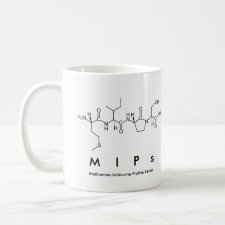
Authors: Banan K, Hatamabadi D, Afsharara H, Mostafiz B, Sadeghi H, Rashidi S, Beirami AD, Shahbazi MA, Kešili R, Hussain CM, Ghorbani-Bidkorbeh F
Article Title: MIP-based extraction techniques for the determination of antibiotic residues in edible meat samples: Design, performance & recent developments.
Publication date: 2022
Journal: Trends In Food Science & Technology
Volume: 119
Page numbers: 164-178.
DOI: 10.1016/j.tifs.2021.11.022
Alternative URL: https://www.sciencedirect.com/science/article/pii/S092422442100635X
Abstract: Misusing or overusing antibiotics in livestock and poultry can result in the accumulation of mentioned drugs in the animal meat. Consequently, its consumption by humans and therefore increasing the risks of antibiotic resistance emergences. In order to decrease these risks, constant monitoring of the meat samples is necessary. Therefore, the concentration of antibiotics needs to be lower than maximum residue limits. As meat is a complex matrix, sample preparation is a mandatory step in the analysis. Molecularly imprinted polymers are one of the extensively studied tools in this aspect. These polymers exhibited great affinity and selectivity towards the target compound/s. In this work, a collection of studies from 2017 to 2021 is reviewed. Inclusion criteria were formed around papers incorporating molecularly imprinted polymers as a means of extraction or detection of antibiotics in meat samples. This review represents different synthesis methods of these polymers and their applications in the extraction and determination of antibiotics from meat samples. It also demonstrates the advantages, gaps and weakness of these systems in the food chemistry field. It can also act as a guide for the design and development of novel polymer-based analytical methods for food applications. Throughout this review, the methods for determination of antibiotic residues in food samples using conventional and novel MIP based techniques are discussed, by coupling MIPs with other analytical techniques, Limit of detection and quantification and recovery rates will improve significantly, which results in designing of platforms in food chemistry analysis with higher efficacy
Template and target information: review - MIPs in analysis of residues in meat
Author keywords: Molecularly imprinted polymers, antibiotics, Meat samples, determination, extraction



Join the Society for Molecular Imprinting

New items RSS feed
Sign-up for e-mail updates:
Choose between receiving an occasional newsletter or more frequent e-mail alerts.
Click here to go to the sign-up page.
Is your name elemental or peptidic? Enter your name and find out by clicking either of the buttons below!
Other products you may like:
 MIPdatabase
MIPdatabase









